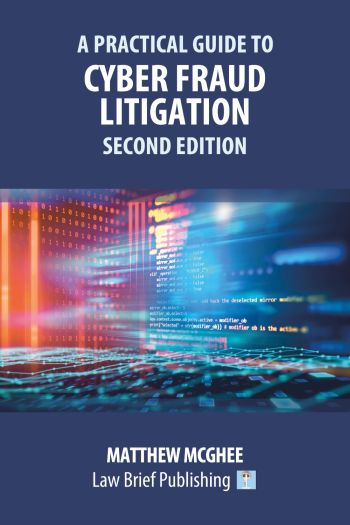
Cyber fraud is a well-established and significant concern for business and individuals. The problem has developed exponentially, in terms of scale, coverage and value, in recent years. In part, this has been the result of recent events, such as the Covid-19 pandemic making remote working the norm and the widespread use of cryptocurrencies, providing increased opportunity for fraud. In addition to the obvious financial consequences, incidents of cyber fraud cause reputational harm and embarrassment to the victims, as well as engaging regulatory obligations for some persons.
However, well-established principles of law and procedure can be adapted to meet the new challenges posed by cyber fraud. The Court has shown willingness to develop its jurisdiction to give the victims of cyber fraud the tools needed to trace, identify, seize and recover the proceeds of frauds perpetrated against them.
This book is a practical handbook to assist the reader in navigating the peculiarities of claims in respect of cyber fraud. It acts as a guide on the procedure and substantive law relating to this burgeoning practice area, assisting the practitioner who is dealing with cyber fraud litigation – often under strict time pressures. Significant updates since the previous edition include dealing with crypto-assets in their own chapter, analysing recent trends in banks’ liability for cyber fraud, and considering in greater depth the use of disclosure orders to identify anonymous cyber fraudsters and the proceeds of their wrongdoing.